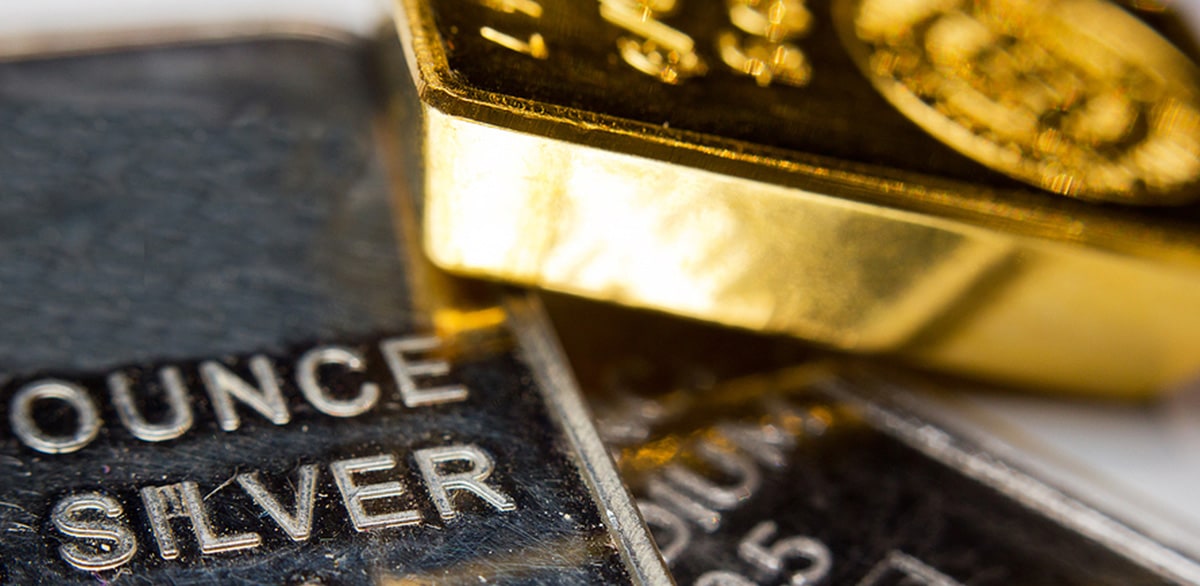
Every once in a while you hear about someone getting a fabulous bargain at a flea market. You know, the $25 painting of some birds that turns out to be worth $100,000 because it was painted by a famous artist. Well, you probably will not be so lucky if you pay a “bargain” price at the flea market to buy a gold bullion coin. Chances are very good that you are not getting what you thought you were getting.
How do you know that a gold bullion coin, marked as containing one pure ounce of gold, actually contains one pure ounce of gold? Is it worth paying double or triple the melt value of a silver commemorative coin? Where is the safest place to buy gold or silver bullion?
Beware of counterfeit bullion coins
Although the U.S. Mint goes to extraordinary lengths to design bullion coins that are difficult to replicate, there exists a substantial number of counterfeit American Gold Eagles and other popular bullion coins, There have been cases where those counterfeit coins have shown up in the inventory of reputable coin dealers. It is unlikely that you will be sold a counterfeit government-minted bullion coin by any reputable dealer, but if you buy from someone on Craigslist or eBay, you should be cautious. A bullion coin may be a replica coin of the real thing if:
- You can buy it for less than the spot value of the precious metal content. Unless the coins are stolen and the thief is just looking for some fast cash, there is no reason why they would sell you gold for less than the spot price.
- It feels too light. Gold is one of the most dense and heavy metals. Only tungsten, platinum, and radium have a higher density. A coin that feels too light may have an iron or copper core and only a thin coating of gold.
- The dimensions are slightly off. Counterfeiters know that one of the easiest ways to detect a fake coin is to weigh it. A real Gold American Eagle bullion coin, for example, weighs exactly 1.0909 troy ounces and contains one troy ounce of fine gold. It has a diameter of 32.7 mm and a thickness of 2.87 mm. If another metal has been substituted for the gold content, the coin will have to have a slightly larger diameter, thickness, or both, to match the higher weight of gold.
- If the coin is attracted to a magnet, that is a sure giveaway that it is fake. Precious metals are not attracted by magnets.
Commemorative coins
Both the US Government Mint and private mints produce commemorative coins. While they may be beautiful as gifts for your grandchildren, they are not a suitable substitution for investors looking to buy bullion. The problem with buying commemorative coins is that they often sell for double or triple the melt value of the gold or silver they contain. Rarely, if ever, can you sell those coins for as much as they cost you to buy.
The safest place to buy gold and silver
When you are buying bullion, the object is to purchase it at the lowest premium to the spot price. If you buy on one of the home shopping channels or an infomercial on late-night TV, you will probably pay a hefty premium. Don’t be enticed by the fancy presentation case or the little insert that tells the story of the coin. It is a bullion coin, not a rare coin!
Private transactions with individuals you do not know can be risky. If something goes wrong with a private transaction, will you be able to resolve the problem? You might be able to contact the seller, or, the seller may disappear and leave you frustrated and angry.
The absolutely best place to buy gold and silver bullion coins is from a reputable gold dealer. Do a little online research and you can see how long they have been in business, if they have a physical address, and if there have been complaints filed against them.


